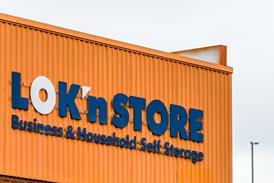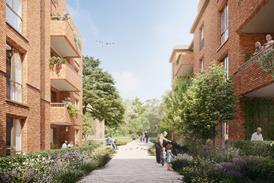While the pandemic has massively disrupted city life and vibrancy, Europe’s civic leaders and urbanists remain optimistic about the future of cities. However, what is needed for cities to emerge stronger from the crisis?

Covid has accelerated many pre-existing trends. Many cities have taken action to accommodate changing citizen needs, providing areas to cycle, walk or meet outside. City leaders are considering long-term recovery, trying to assess how citizens will work, live and play in an urban environment and prioritising sustainable and equitable urban development, affordable housing, green technologies and active, low-carbon mobility.
Key elements are liveability, the revival of the neighbourhoods and the future of work, pointing to the concept of the 15-minute city – where live, work, education and daily necessities are within easy walk or cycle of home. Many cities have developed variations of this: Brussels is planning for a 10-minute city and Melbourne for residents to ‘live locally’ within 20-minute neighbourhoods.
Marion Waller, adviser to the mayor of Paris and winner of ULI’s 2021 European Talent Award, says 19th-century planner Georges-Eugene Haussmann gave Paris a head start in creating a 15-minute city. The idea was taken up as a pre-pandemic mayoral election pledge last year.
It is not only about mixing uses, but about blending them, using buildings for different purposes at different times. Paris is reviewing every street, public service, space and underused building. This means redeveloping parking lots and using school facilities at evenings and weekends for community purposes, while pedestrianising school streets to create extended community and play areas. The school becomes the ‘capital of the neighbourhood’ and a ‘centre of urban citizenship’.
Some visionaries see a greater range of uses within the neighbourhood. Architect and urbanist Lord Norman Foster reimagines the car park as an urban farm. Copenhagen is anticipating changing the use of parking garages in the redeveloped harbour area that already provide a mix of uses, including playgrounds and green spaces, and allowing for alternative uses in the future when fewer private cars will be needed.
The disruption of the past year has made many cities review their economic and physical assets and develop strategies to leverage them. Mayor of Brussels Philippe Close wants his city, with more than 184 nationalities and prestigious universities and international institutions, to be seen as the ‘City of Knowledge’, contributing to the key pillars of a sustainable city, which include the environmental, economic and social factors.
Meanwhile, Milan has progressed towards a vibrant, green and liveable city, after major investment in urban regeneration. Pierfrancesco Maran, Milan’s deputy mayor for urban planning, green areas and agriculture, now sees the city’s beauty in its people and its public spaces, not its buildings. He recognises that Milan must be the best place to live to be the best place to work. Employers will arrive if the city offers what their employees want: quality of life, affordable homes, social services, children’s services and greenery.
While we all still face uncertainty, these stories inspire us to face the future with confidence and trust our cities’ resilience as the key connectors between people.
Lisette van Doorn is Europe chief executive at the Urban Land Institute






























No comments yet